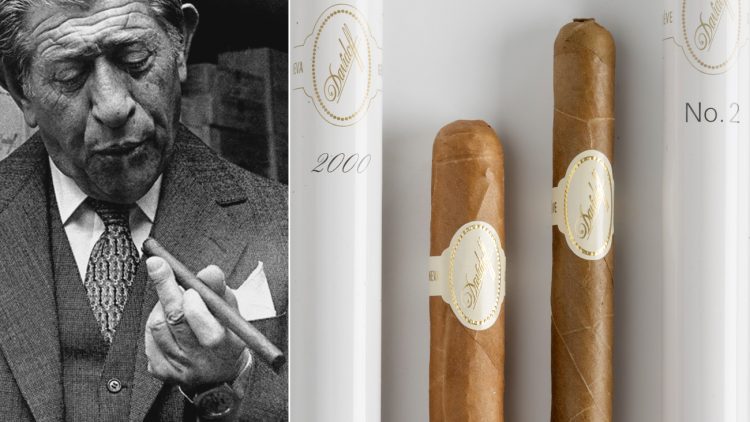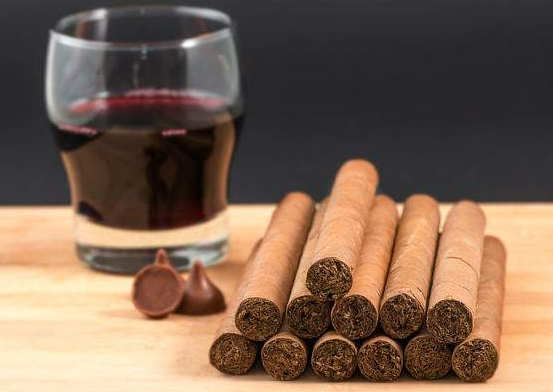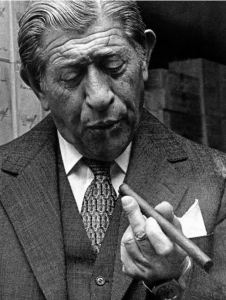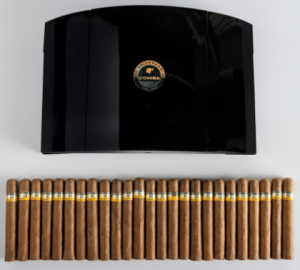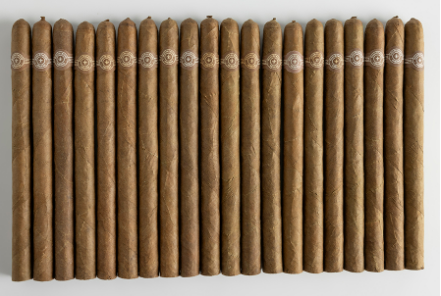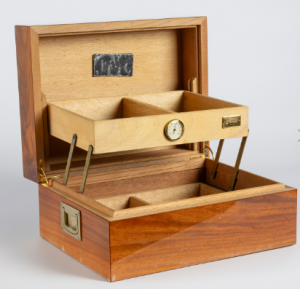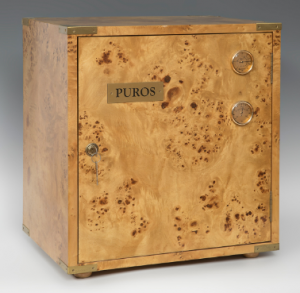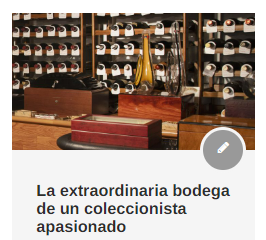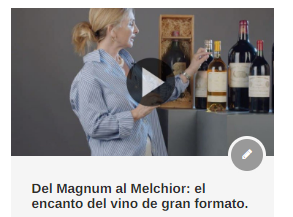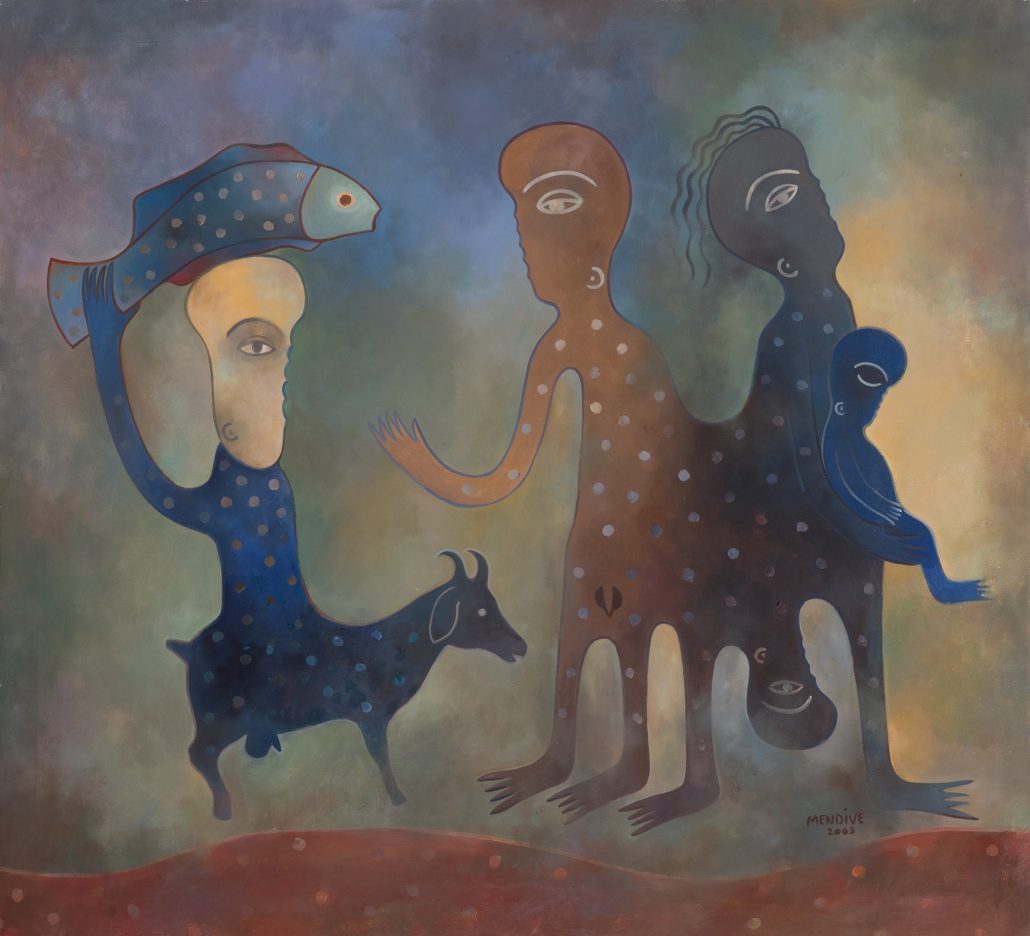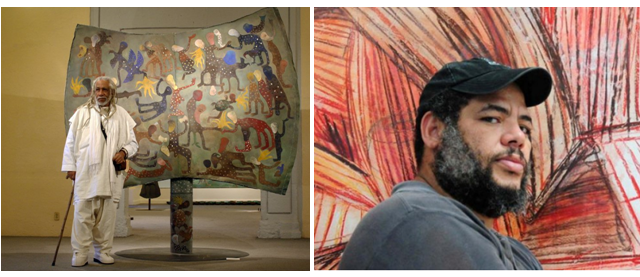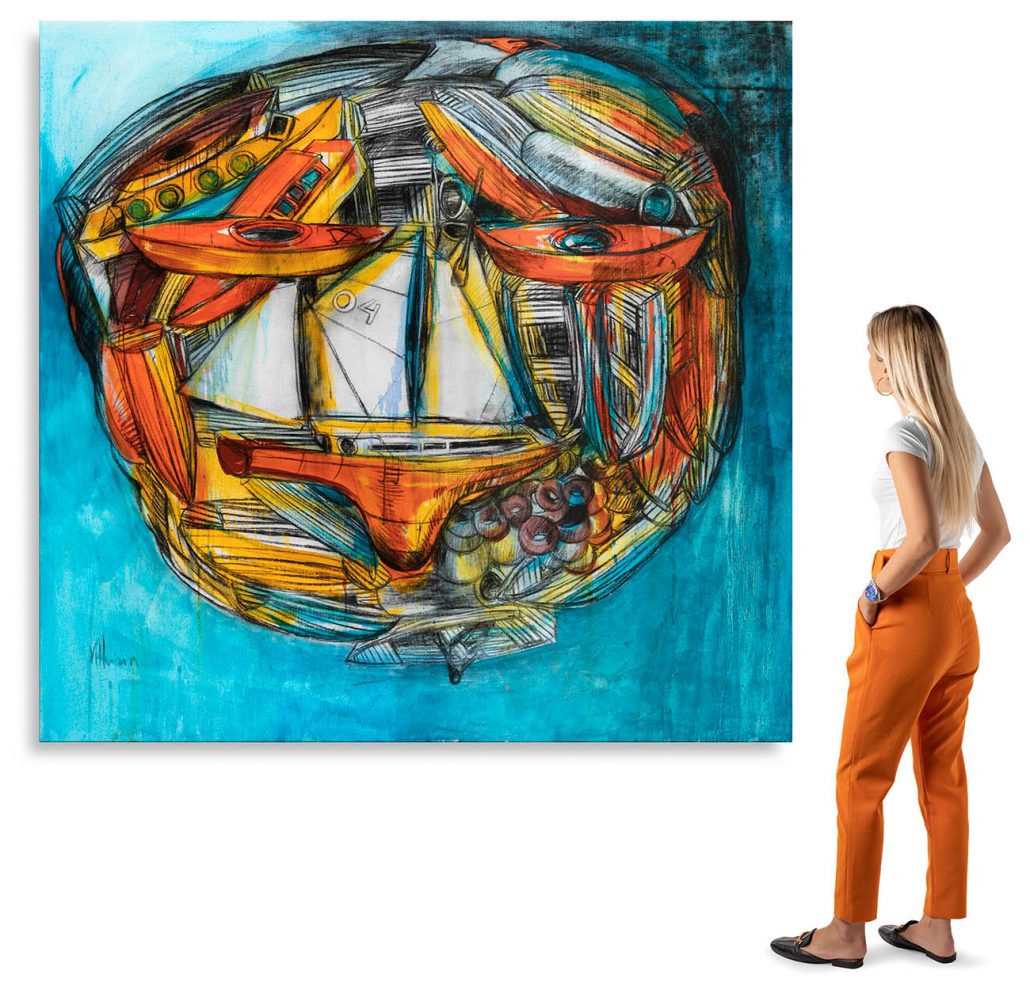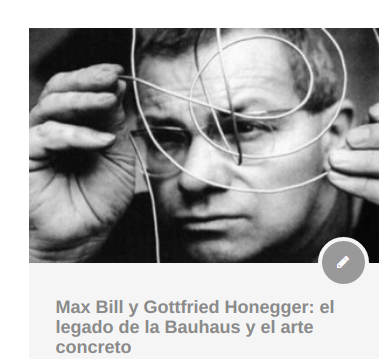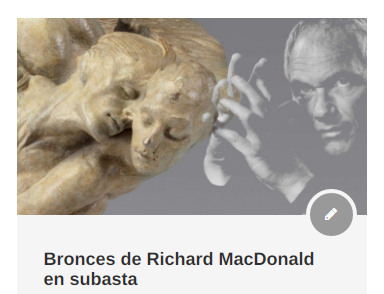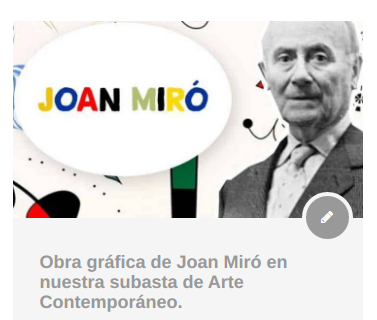Manuel Mendive, his grandfather introduced him to the knowledge of the Yoruba, whose culture has continuity in Cuba . Continuing the collective ethnic spirit, he creates a universe with the poetry emanating from the Afro-Cuban deities. Tradition and syncretism open up expressive mechanisms that are rooted in life experience. In “The Dialogue” (2003), the painting that Setdart is putting out to tender these days (see lot 35148833), the autochthonous referents merge with the formal language learned in Europe. In it, the characters of the Yoruba pantheon that inspired much of his career continue to appear. Curved shapes dominate the entire composition, denoting an artistic activity based on the roots of a people that, in the painter’s opinion, should regain their dignity. We observe a game of perspectives that intermingle with the artist’s dreamlike and surrealist style.
Mendive received the International Prize at the II Biennial of Havana, in 1986. In 2001 he received the National Prize for Plastic Arts. That year he entered his upward career as a milestone. The jury unanimously agreed to grant him such a distinction, which inserted the artist into the group of most relevant Cuban creators. Mendive also has the Alejo Carpentier Medal, and is a Knight of the Arts and Letters of France. Currently his work is preserved in museums and galleries in Latin America, Russia, Africa, the United States and Europe.
The twentieth-century Cuban school was characterized by welcoming the European avant-gardes and developing, based on that basis, its own language. This generalized current of artists trained in Europe, who returned to Cuba, was a great artistic impulse for the country. Thanks to painters who merged their roots and experiences, thus creating a new personal and independent language.

